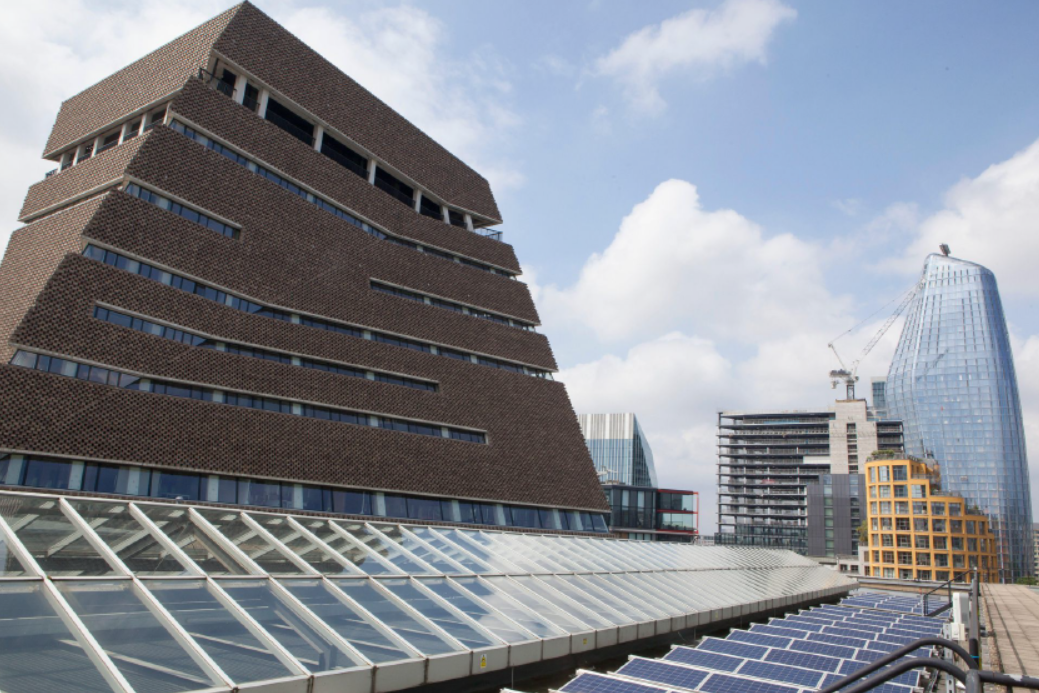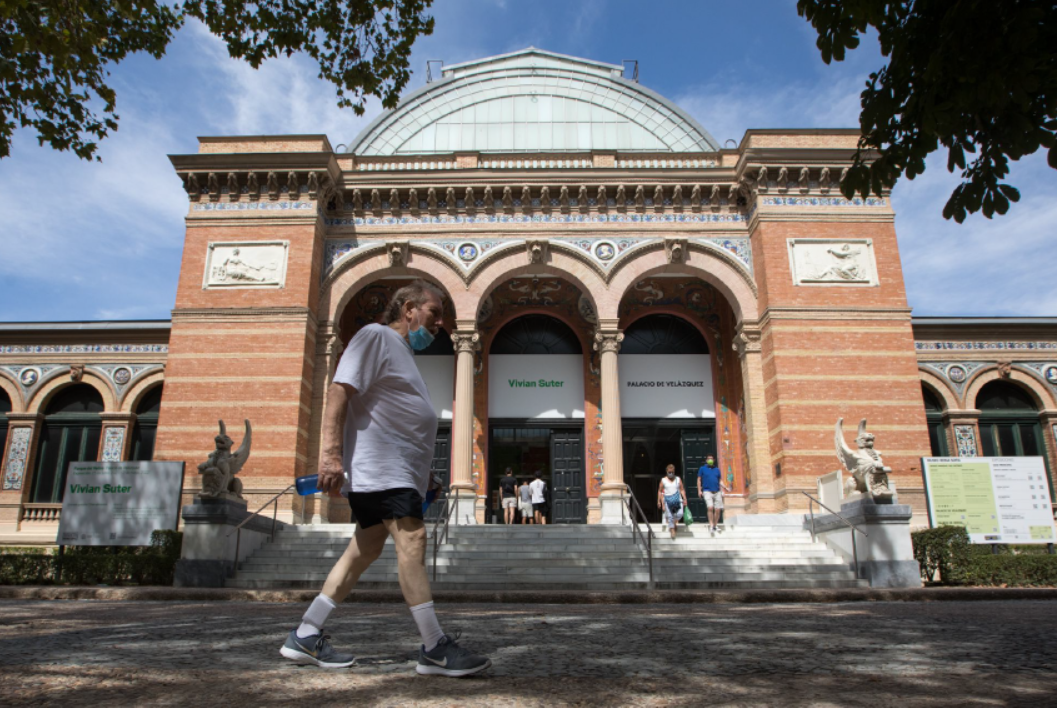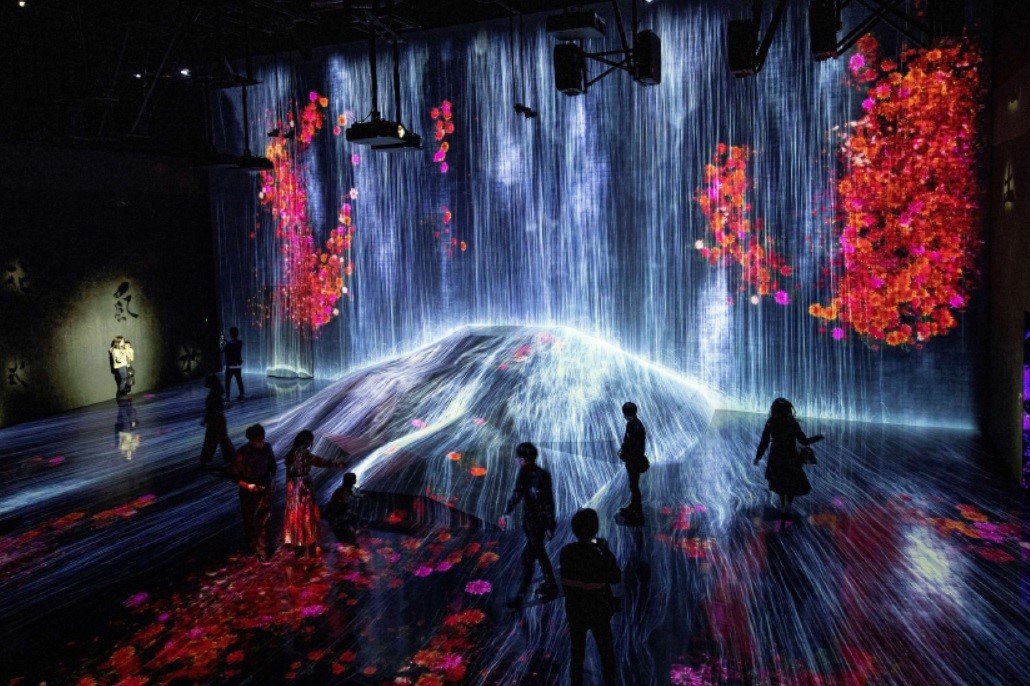Museums want to go green

Written by Ángeles García and published originally by El País on September 6, 2021.
Directors, curators, and professionals from institutions around the world have agreed on a minimum plan to boost environmental friendliness in art centers by cutting travel and supporting energy efficiency.
In July 2019, Tate (the four museums that make up the ensemble – Britain, Modern, Liverpool and St-Ives) called on the art world to champion environmental protection and set itself the ambitious target of reducing its gas emissions by 50% by 2023. To date, that goal has already been surpassed, with a 56% reduction in the last two years. The pandemic outbreak and the museums' closure have contributed to a worldwide decrease in emissions and provided a unique opportunity for the industry to reflect deeply on how to approach reopening by including a well-defined plan for environmental sustainability.
CIMAM – an international organization focused on contemporary art that brings together 600 professionals from 86 countries – has reached a minimum agreement to promote environmentally-friendly policies in art centers at its last annual meeting. Those advisable minimums are the basic tools that some museums have already started to use – in Germany and France, with the United Kingdom in the lead –, with an intensity limited only by the economic autonomy of each center. European funds earmarked for digital and ecological transformation will accelerate a process that keeps most of the national museums in a critical situation (16 state institutions and 60 with transferred management) in Spain.
What is meant by becoming a green museum is not clear to many. It is very well clarified by Frances Morris, director of Tate Modern since 2016, chair of CIMAM's Sustainability and Ecology group. Morris explains by email that there is no time to waste and details the measures she has implemented at Tate Modern in getting it to go green. It’s 330 solar panels produce 100% renewable energy (the energy generated could power 12 homes for a year). They have installed energy-efficient LED lighting throughout the galleries. Annually about 226 cubic meters of collected rainwater is used for flushing toilets. They reuse and recycle 75% of the waste, and also, among other measures, since 2014, they started to reduce non-essential business trips.

The proposals promoted by CIMAM go much further and affect the internal governance of each museum. The international organization not only asks that air travel be reduced to a minimum but also pronounces itself against the mobility of the works and recommends that if they have to be moved as part of temporary exhibitions, it should be done without the accompaniment of experts who for decades have guarded the work from its place of departure to its destination. Monitoring can be done through new digital programs that were successfully launched after the first confinements imposed by Covid. CIMAM also advises that museums should prioritize their permanent collections and that temporary exhibitions should be reduced and the time they are on display extended. It also asks that partition panels and packing boxes should always be reusable.
Vegetarian menus
Consumption inside museums will undergo another of the most important changes in the transformation plan promoted by CIMAN. It affects restaurants, food, and beverage outlets in the art centers. The proposal puts forward the total disappearance of plastic bottled beverages. The proposal is to place water jugs on the tables and water fountains at different points along the route. Visitors can bring a reusable container that can be refilled. In the wake of what some German museums are already doing, it is advised to include only vegetarian food in the menus.

Mami Kataoka, director of the Mori Art Museum in Tokyo and President of CIMAM, says by e-mail that all these measures are immediately applicable to the museum community. She does not believe that it is necessary to wait for governments to undertake them. "The commitment to sustainability in the art world has been the subject of debate in recent years, but radical changes have been forced and accelerated due to the pandemic. Seizing this opportunity, we must engage with the entire art industry, including art institutions, galleries, and artists, to pursue a new ecology. We have a toolkit ready to be applied."
Joseph Beuys, pioneering artist
On the role of artists in this green transformation, Frances Morris recalls that there is a long history of creative engagement in the face of the climate emergency: from the pioneering work of Joseph Beuys, who was a founding member of the German Green Party, to the current younger generation of artists who feel passionately that culture has a role to play in inspiring the struggle in the ecological arena. "At Tate," Morris explains, "our declaration of climate and ecological emergency was encouraged by artists in the UK who were looking to us to push not just carbon emission reduction measures, but to address a much broader sustainability agenda. So, we have not responded by simply trying to achieve a more radical cut in emissions, but we are thinking about the systems and frameworks in which we operate. Using our international art collection we can demonstrate how artists, over time, have responded to the intersecting emergencies of climate, ecology, race, and social justice."
As evidence of the impact that ecological concern has already had on Tate Modern's programming, Morris points to a temporary show currently on view. A Year in Art: Australia 1992, with works by Judy Watson and Bonita Ely, examines the disregard for traditional land rights by allowing mining operations that have fueled climate degradation for centuries. In addition, the center has a gallery in its collection dedicated to Photography and the Environment with works by artists such as Chris Killip, Simryn Gill, and Jem Southam, who captured the environmental and human impact of industrial activity on the natural world.
The Reina Sofia, paper-free
In Spain, the Reina Sofia has long been working on its own ecological transition. The 36 million euros it will receive in its budget over the next three years, part of which will come from European funds, will be used to develop the plans of its director, Manuel Borja-Villel. On the one hand, the center will transform its headquarters to become sustainable and autonomous. At present, the Palacio de Velázquez is self-sufficient in energy maintenance. There is also a digital transformation underway that will allow access to all of the Museum’s around 7,000 works onscreen, negating the former necessity to physically search through the storerooms. "When I arrived at the Museum in 2008," recalls the director, "there was so much paper that it was transported through the offices in supermarket carts. Now almost all communication is digital, like our network of archives and libraries."
The Reina Sofia reopened after the pandemic with an international exhibition, Mondrian and De Stijl, for which people no longer escorted the works as couriers, with the corresponding elimination of travel, along with the use of reusable panels. "The digital will never supplant the face-to-face," predicts Borja Villel, "and that's why we want it to be a museum of knowledge with exchanges, scholarships and residencies. It will also be a solidarity museum focused on our closest environment (Madrid's Lavapiés neighborhood) and collaborating with initiatives imbricated in its surroundings such as [the social centers] La Ingobernable or La Invisible. The art system as we knew it was a bubble that turned us into cultural nomads. The idea of the Golden Mile of Art cannot make us forget the environment in which we live."